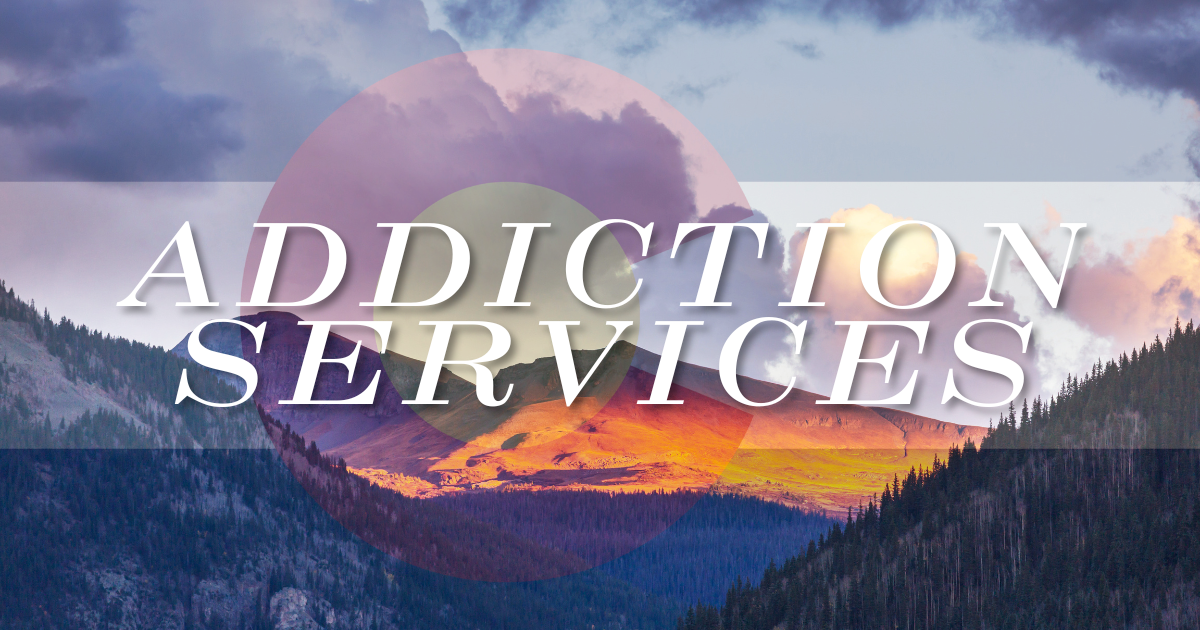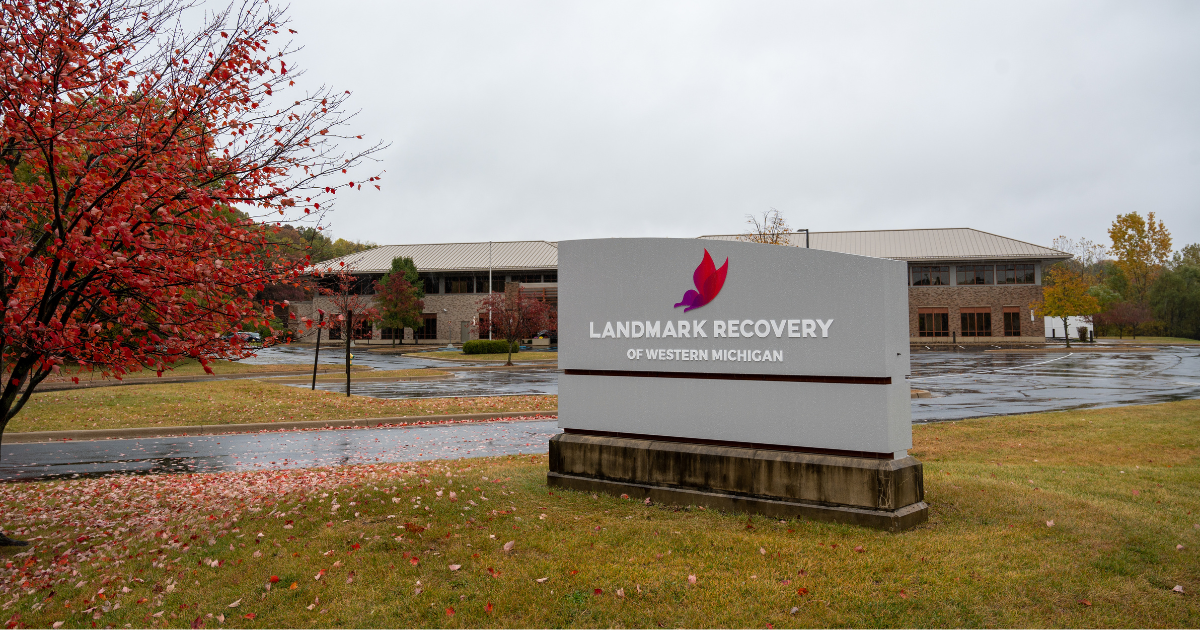Drug and alcohol abuse is one of the biggest issues facing the country, especially with the rise of opioids over the past few years. Over 70,000 people died of drug use in 2017 and an estimated 88,000 people die from alcohol-related deaths each year. As is the case with most issues, substance abuse problems affect parts of the country in different ways.
The Midwest and the Appalachian region specifically have been hit hard from the opioid epidemic and substance abuse issues over the past few years. Kentucky is one state in particular that has seen a disproportionate number of drug and alcohol deaths compared to the rest of the country. According to Kentucky’s Annual Overdose Report, there were 1565 overdose deaths in the state in 2017.
Thousands in the state of Kentucky are drug and alcohol abusers, even some adolescents. According to the Center for Disease Control and Prevention, almost 60 percent of Kentucky youth surveyed have drank alcohol, while about 27 percent report that they currently drink alcohol. Meanwhile, about 16 percent say they currently use marijuana, about 5 percent use cocaine, 6.5 percent use inhalants, 2.1 percent use heroin and about 11 percent report using prescription medication without a prescription or differently than how a doctor told them to use it.
There are a number of options for adolescents who are struggling with addiction and substance abuse issues. Having your child or loved one go through a rehabilitation facility may be an option, however it may be more difficult especially if they are still trying to attend school. Intensive Outpatient Treatment(IOP) is one option that may be more manageable for youth who are still attending school.
IOP Programs for Adolescents
Intensive Outpatient programs are an option for adolescents because of the flexibility they offer. It is most effective to go through detoxification and inpatient treatment program before transitioning to IOP, however, adolescent substance abuse may not be serious enough to require the full treatment that comes with inpatient and detoxification.
IOP may be the best option for adolescents who are dealing with a substance abuse disorder because it is less of a time obligation than the 24-hour commitment that comes with detox and inpatient therapy. This is especially beneficial if a patient is still attending school as the IOP only requires attendance for about three hours a day and only few days out of the week, with time slots available to choose from depending on the patient’s schedule.
Features of Intensive Outpatient Treatment
Intensive Outpatient treatment is characterized by a number different types of therapy and support groups.
Many IOP treatment programs will have multiple blocks of time throughout the week that are available for those in recovery to attend. During these, patients will go through many types of therapy, each with its own purpose and methodology to help patients get and stay clean.
During this part of treatment, patients will not only work with therapists one-on-one but also work in group settings such as support groups and family-based therapies to help move past the struggles of addiction.
Individual Therapy
Individual therapy is important in the recovery process as it allows the counselors and therapists to get to know their patients on a personal level, giving them the ability to provide the best options for care going forward. It can also aid during other types of therapies like group or family therapy.
Family Therapy
According to some sources, family therapy is the single most useful approach to drug treatment for children and adolescents. Family therapy is especially good for adolescents and youth because it can help build relationships with family members, creating a foundation of support that can be beneficial for life outside of therapy and treatment programs. According to two studies from the NIDA, a year after treatment, teenage participants treated with family therapy had fewer drug-related problems and had improved more general measures of behavior like mental health than those treated with cognitive-behavioral therapy.
Group Therapy
Support groups are instrumental in helping a patient get past addiction. It lets substance abusers no that while not everyone will completely understand their situation, other people who are going through similar scenarios are out there and can help lend advice on what to do, especially to younger patients.
Cognitive-Behavioral Therapy
According to the Mayo Clinic, Cognitive-behavioral therapy (CBT), is a common type of talk therapy tat is used to help patients become aware of “inaccurate or negative thinking so you can view challenging situations more clearly and respond to them in a more effective way”. During CBT, a therapist will encourage you to discuss thoughts and feelings and will focus on specific problems with a goal-oriented approach. CBT is useful tool for addressing emotional challenges and can help manage mental illness, develop techniques for dealing with stressful situations, and can improve certain mental disorders.
IOP Details
The length of IOP treatment depends on which treatment program you join, but they generally last for 8 to 10 weeks. However, alumni may continue to attend sessions after completing the process.
While some may not think IOP can be effective and that inpatient treatment is more useful, one study published in 2015 says that IOPs are a very important part of the care during alcohol and drug treatment.
“They are as effective as inpatient treatment for most individuals seeking care. Public and commercial health plans should consider IOP treatment as a covered health benefit. Standardization of the elements included in IOPs may improve their quality and effectiveness.”
Importance of Family Involvement
As mentioned earlier, the family aspect of drug and alcohol treatment is especially important for adolescents who are going through these problems.
One paper looked into the specific benefits that come family involvement in the recovery process found that family interventions can help to modify that relationship patterns that can lead or contribute to adolescent drug abuse.
“Family interventions can also focus on the repair of relationship ruptures, on improving the trust and cohesion in families, and on fully mobilizing all of the helpers to give support (emotional and instrumental).”
The paper suggests that the recovery process should be treated similar to a chronic medical problem and because parents have a constant presence in their child’s lives for years, if given the proper tools and skills, they can help make a positive impact and influence their child’s sobriety for years to come.
Some studies form the Department of Health and Human Services even suggest that conducting group family therapy sessions at home may promote more openness and sharing as individuals may feel more familiar and comfortable.
However, one of the many problems with engaging families in treatment of children and adolescents is actually engaging and retaining the families. One study found that when parents initiated contacts for treatment of a substance abusing adolescent, only 22 percent were successful in bringing in the entire family through intake completion. This is a problem that is especially prevalent in homes where one or more parent is missing or isolated from the rest of the family.
Effects of Adolescent Substance Abuse
There are thousands of adolescents across the country who are dealing with some type of substance abuse problem and with the rise of prescription opioids over the past decade, adolescents are at an even greater threat.
In Kentucky, the number of drugs deaths, especially among opioids have risen over the past few years and almost 11 percent of Kentucky high school students reported misusing prescription drug medication.
Getting treatment for your child or loved one quickly is important because of the effects that substance abuse can have on adolescence and early childhood.
According to a research paper published in 2010, studies suggest that drinking during adolescence has a subtle, but significant effect on neuro-cognitive functioning and can reduce the brain’s function in regards to memory, attention and information processing.
Similarly, marijuana use has been linked to poorer performance of learning, cognitive flexibility, visual scanning, error commission, and working memory.
A more recent study published in 2016, took a closer look at the impact of alcohol and drug use on brain functioning.
The study found that heavy drinking was one substance that had a measurable effect on the structure of the brain.
“Heavy-drinking youth showed abnormal neuro-developmental trajectories compared to continuously non-using controls, including accelerated decreases in gray matter volume (particularly in frontal and temporal regions) and attenuated increases in white matter volume over the follow-up, even after controlling for marijuana and other substance use.”
The frontal and temporal regions in the brain are responsible for control thinking, planning, problem solving, and sensory information such as smell, taste and sound.
Heavy marijuana use in adolescents showed similar effects on brain structure.
The effects of this on brain functioning found that individuals who had transitioned into heavy drinking showed less brain activation and neural response during working memory.
However, the paper did note that more research needs to be done on this topic, specifically with a larger, more diverse sample sizes that can also examine the effects of other drugs like amphetamines and opioids.
While more research is needed to fully understand the effects that different substances can have on the developing brain, it is clear that it does have an effect, one that may potentially stunt brain development.
Other Options
While IOP programs are one option that exists for all individuals, especially adolescents and young adults, there are some other options that are available to help treat addictions. As mentioned earlier, if the substance abuse is severe, before going through outpatient therapy, it may be helpful to go through detoxification and inpatient or residential treatment.
Depending on what substance that is being abused, treatment options can vary. For example, if the main issue is alcohol, support groups such as Alcoholics Anonymous and other traditional 12-step programs are always an option.
SMART Recovery is another option for those struggling with substance abuse disorder. SMART is a self-help program that was developed in the 1950s. Specifically, it focuses on the present while learning from the past and looking at the causes of a patient’s self-destructive behavior. SMART Recovery focuses on four key aspects to emphasize change:
- Enhancing motivation
- Refusing to act on urges to use
- Managing life’s problems in a sensible and effective way without substances
- Developing a positive, balance, and healthy lifestyle
While treatment is always an option for adolescents who are struggling with substance abuse disorder, there should always be steps taken in order to prevent the problem from occurring in the first place. There are a few preventative measure that can be taken to reduce the risk of adolescent substance abuse.
One way to do this is to educate them on the risks and consequences of using and abusing substances. Providing truthful education without exaggeration is the best method for educating teens and young adults.
Another choice that may be effective in preventing substance abuse is increasing communication. Explaining family rules and consequences of using substances as well as including ground rules when a child goes to a party are important. Being sure to enforce these consequences and rules is mandatory for them to work properly.
Other options for reducing drug use include:
- Setting a good example
- Keeping an eye on prescription drugs
- Knowing your child’s friends and activities
There methods are not 100 percent effective and young teens may still turn to drugs or alcohol anyway, this could be for a number of reasons.
In Conclusion
Millions suffer from drug and alcohol abuse across the country, and tens of thousands die from it every year in the United States. With the rise of prescription painkillers over the past decade, drugs are become increasingly easy to gain access to, especially for adolescents. If you believe that you or a loved one is dealing with some type of substance abuse disorder and need to get help, give Landmark Recovery a look. Here at Landmark, we focus on individualized treatment, as well as IOP and can help patients get the help that they need to move past their problems with addiction.

Choose Recovery Over Addiction
We're here 24/7 to help you get the care you need to live life on your terms, without drugs or alcohol. Talk to our recovery specialists today and learn about our integrated treatment programs.






